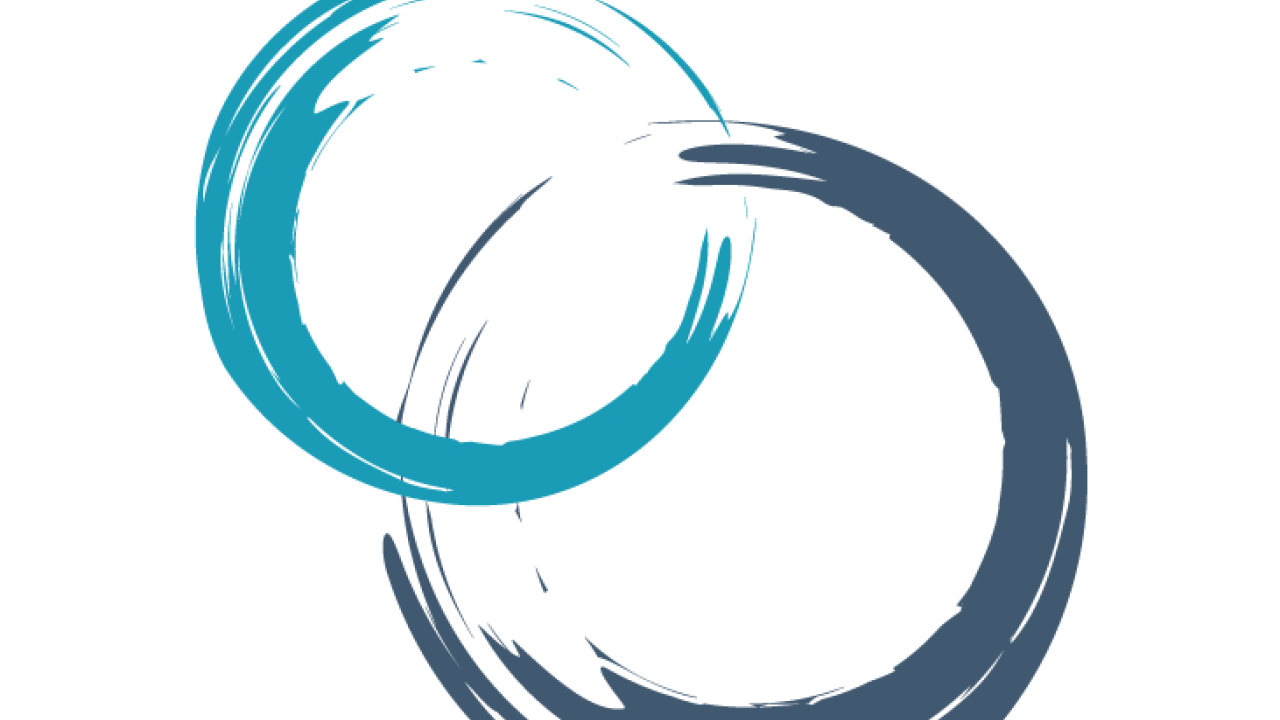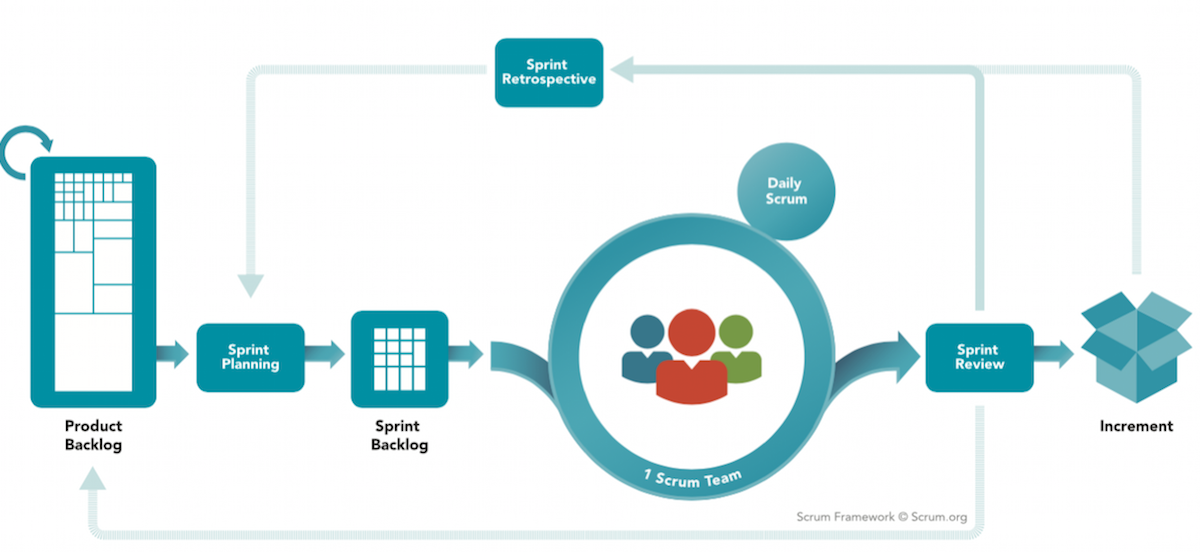
How We Work
The SiteFarm Team's Methodology for Getting to Done
If you've been following our blog posts for the last few months you may have noticed a regular cycle of updates with our "Sprint # Completed" posts. The regularity of our updates to you and to SiteFarm is a result of the methodology the SiteFarm team uses to help us meet proposed deadlines and goals, called Agile Scrum. It may sound like a seriously dodgy case of the flu, but it's actually a reliable framework for project management.
Agile Scrum helps teams achieve results by focusing teamwork, accountability, and cyclic development toward well-defined goals, and it's what we use to build and improve SiteFarm.

The Plan
It starts with a planning meeting. The SiteFarm team gets together for two to three hours and, during that time, we plan for the next work cycle.
Tell us a story
User stories are a vital component of our process. If you're not familiar with this concept, a user story is a description of an element a content editor, developer, or end user might want to see on the site, written from the end-user perspective. "As a <person's role>, I would like to <insert idea> so that <this outcome will occur>". The team uses Jira, an issue and project tracking software, to create and track these user stories so we can build our Backlog, the list of all our user stories.
Sprinters, to your marks
Once the Backlog of user stories is ready, our team begins what's called a Sprint, which is a set amount of time to work on the user stories selected from the Backlog. Our sprints usually last for a duration of two weeks and everyone is assigned specific stories to work on during that time.
Stand Up
During a sprint, we have daily meetings, called Stand Ups, on Mondays, Tuesdays, and Wednesdays. These are intended as quick meetings to help us touch base with each other, identify "blockers" or problems we're experiencing that could use input or help from our other teammates, and give an update on what we're each focusing on for the day. Our team also uses Slack for more immediate communication and updates.
Sprint Review
At the end of the two weeks, we hold a review, which is also our planning session for the next sprint. If user stories have been successfully completed during the sprint, we demonstrate the end result for the team. User stories that haven't been finished, are pushed to the next sprint as a continuation of that assignment or, if necessary, placed into the Backlog if priorities have changed. If new stories have been added to the Backlog since the last planning session, the team discusses and evaluates them to determine their feasibility and, if approved, the new stories' development priority is decided in context to our overall progress on SiteFarm and the needs of our users. A new list of stories is added to the next sprint, and the entire cycle repeats itself.
Transparency
We do our best to make you part of this process in three ways:
- Our Progress Sheet (located on the home page of our site)
- Change Log blog posts on sprint completion
- Inviting you to have a stake in the process by contributing ideas, requesting features, and reporting bugs (having a burst of inspiration right this second? Email us!)
Directly after we complete a Sprint Planning/Review session, I update our Progress Sheet listing on our home page. It captures the highlights from the list of user stories we're working on that will have the most impact on your user experience with SiteFarm.
I also write a summary of our previous sprint to bring you up-to-date on what we've accomplished, including bug fixes we've addressed. This leads directly to creating or updating training documentation to better help you build your site.
During the sprint, I take any suggestions, feature requests, or bug reports the community has sent me and write up new user stories that I add to our Backlog. Many of you have already added some outstanding suggestions resulting in real improvements in the service. I'd like to take a moment to recognize and thank Jennifer Ruhe, Alex Russell, Nate Trauernicht, and John Gardiner for their frequent feedback, especially during our Beta Phase; the service is much improved from your participation.
Agile Scrum is a widely used project management tool, created by:

Ken Schwaber
Ken Schwaber co-developed the Scrum framework with Jeff Sutherland in the early 1990s to help organizations struggling with complex development projects. One of the signatories to the Agile Manifesto in 2001, he subsequently founded the Agile Alliance and Scrum Alliance. He founded Scrum.org in 2009 in order to execute on his mission of improving the profession of software development. A 30-year veteran of the software development industry (from bottle washer to boss), he has written four books about Scrum: Agile Software Development with Scrum, Agile Project Management with Scrum, The Enterprise and Scrum, and Software in 30 Days. He lives in Lexington, Massachusetts.

Jeff Sutherland
Jeff Sutherland is the inventor and Co-Creator of Scrum. He started the first Scrum at Easel Corporation in 1993 and worked with Ken Schwaber to emerge Scrum as a formal process at OOPSLA ’95. Together, they extended and enhanced Scrum at many software companies and IT organizations and helped write the Agile Manifesto.
If you would like to learn more about Agile Scrum, here are some additional resources to explore: